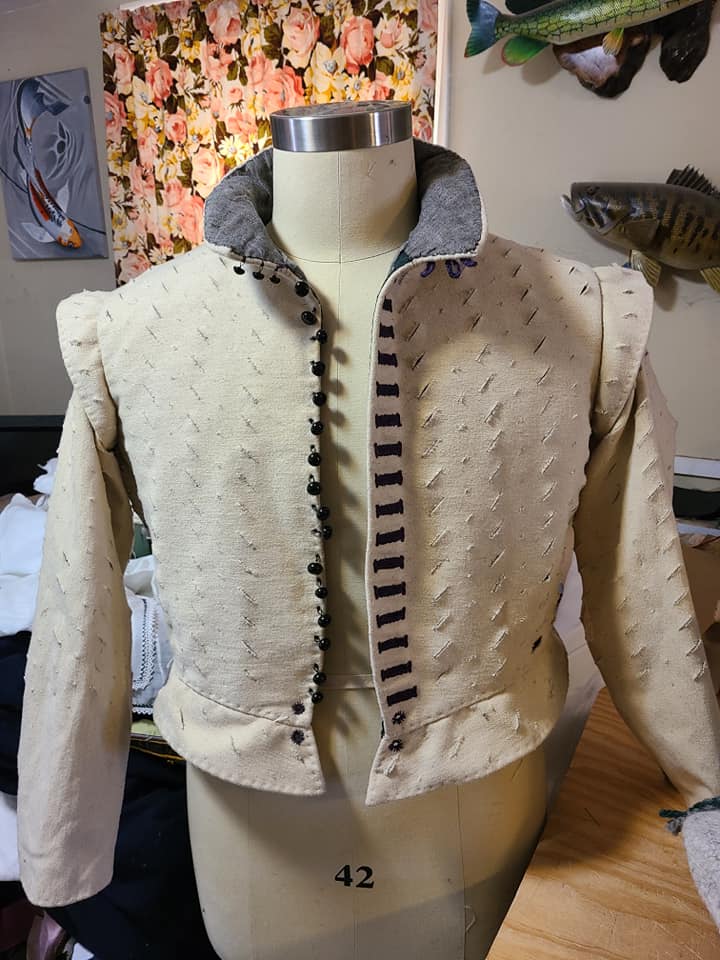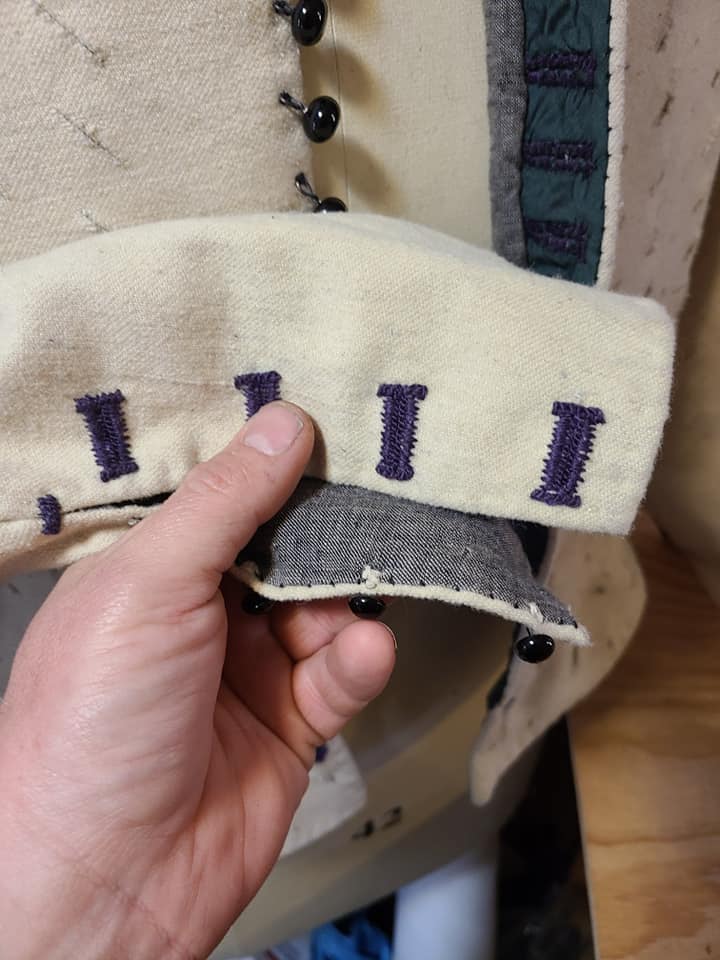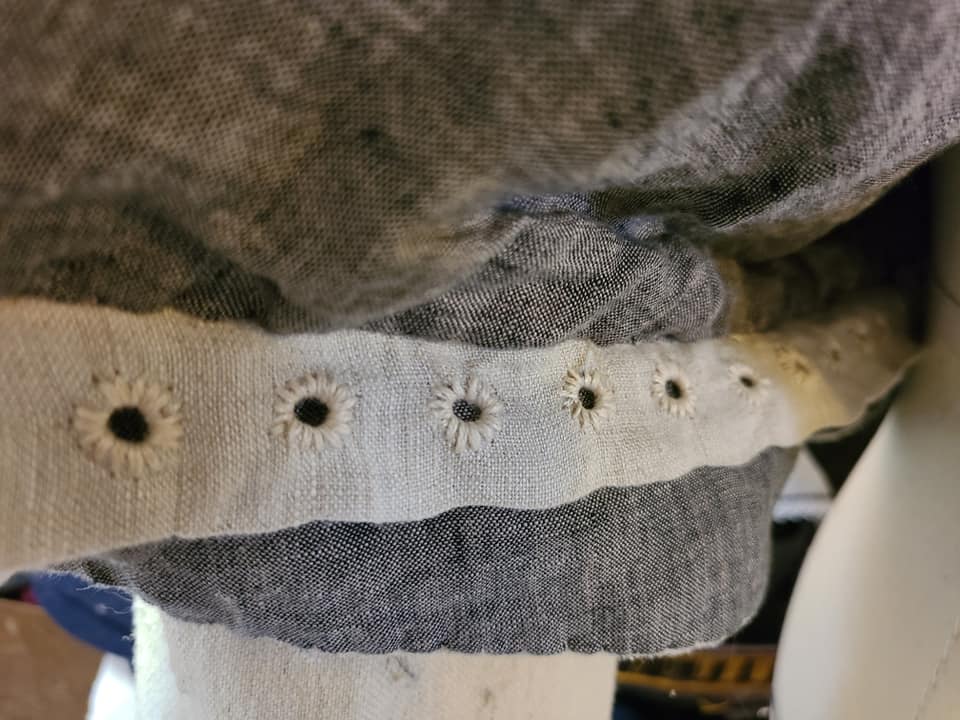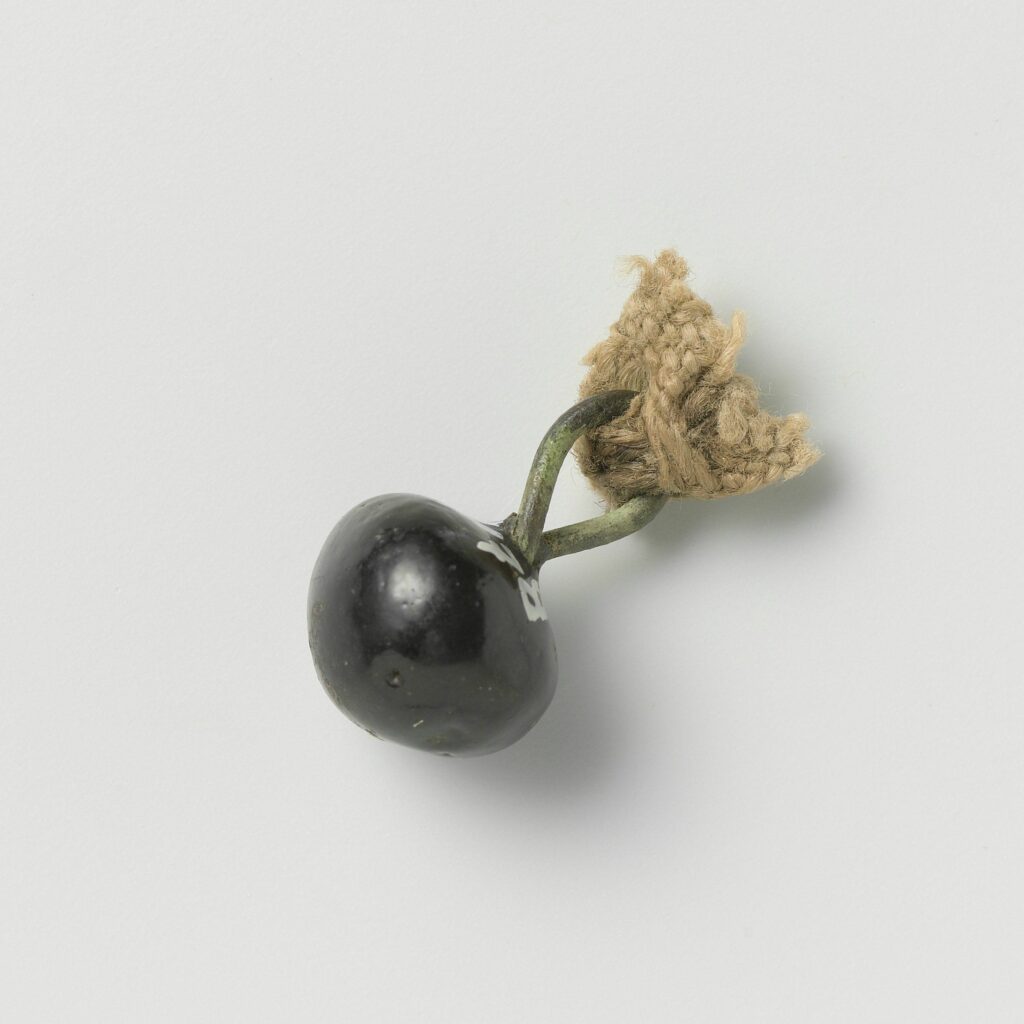Well down to the last mad dash to the finish line.
After the trials and tribulations that happened with this doublet, to see it completed is rather rewarding. I am very happy with both the fit and the overall look and vibe of it.

I really feel that this doublet gets across the story I wanted to tell with this project. All of the materials I chose to use help to broadcast the social and economic status of a man on the make. He might not have had the money yet to wear silks, but a well tailored, and extensively decorated doublet still broadcast to the world his wealth and keen fashion sense. The fustian which forms the outer layer is by no means the finest (the most expensive fustian of the era were produced primarily in Italy), but it is still of a good grade of wool and well woven. The logwood dyed interlining he might have picked up on the cheap, from a shady mercer or trader (he’s got some cash, but everyone loves a bargain).
Some of the detail on the doublet are shown above. The buttonhole facing is made of a silk taffeta, I love the color, but I also love that this is not really the finest grade of taffeta. It has the occasional slub in the weave, I think this adds again to the story of a doublet made with fabrics that are not of the absolute best quality. The sleeves have 4 buttonholes and buttons on each and have a stitched bar tack at the end of the opening to reinforce it and keep the main seam from failing. The doublet has a hidden waistband with 36 eyelets in it, allowing the doublet and hose to be laced together.
The buttons are hand made by a fellow scadian. They are based on ones recovered at the 1607 Popham colony in Maine. Similar buttons have been found in archeological context at the site of the Jamestown colony in Virginia, as well as Dutch archeological sites dating from the 1590s.







This is a stunning garment. You’ve considered every detail very carefully, which really shows in the final piece. Bravo!